The Role of Breed Stigma in Shaping Public Perception
** Introduction **
When discussing dogs, the conversation often turns to the topic of “what are aggressive dog breeds?” This is a topic full of misconceptions and strong opinions. Many people immediately assume certain breeds to be inherently dangerous, but the reality is more nuanced. Aggression in dogs is not just about breed; It’s a complex mix of genetics, environment, and parenting.
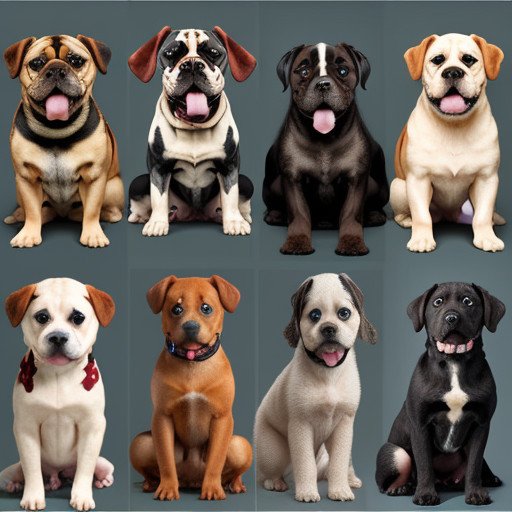
Table of Contents
Consider this: Any dog, no matter its breed, can exhibit aggressive behavior in the right (or wrong) circumstances. Factors such as fear, pain, and poor socialization play a significant role in the dog’s reaction. However, some breeds are often labeled aggressive because of their physical strength and history, not necessarily because of their behavior.
Understanding what contributes to aggression in dogs can help us look beyond the stereotypes. It is important to remember that with proper training, socialization, and responsible ownership, even so-called “aggressive breeds” can be loving, loyal companions. This blog will take an in-depth look at the factors influencing aggression, explore commonly believed aggressive breeds and dispel some myths.
By the end, you’ll have a clear picture of what really makes a dog aggressive and how to foster a safe, healthy relationship with any breed.
Unique 25 Breeds Often Associated with Aggression ;
1. American Pit Bull Terrier :
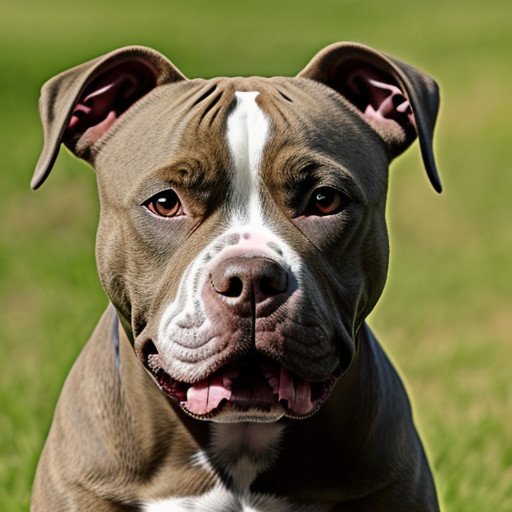
- Height:
- Male: 18-21 inches
- Female: 17-20 inches
- Weight:
- Male: 35-60 lbs
- Female: 30-50 lbs
- Color: Various, including black, white, brindle, blue, fawn
- Temperament: Loyal, affectionate, confident, intelligent, energetic
- Age: 12-16 years
Description: The American Pit Bull Terrier is a muscular, energetic breed known for its loyalty and affectionate nature, often misunderstood for its powerful appearance.
2. Rottweiler :
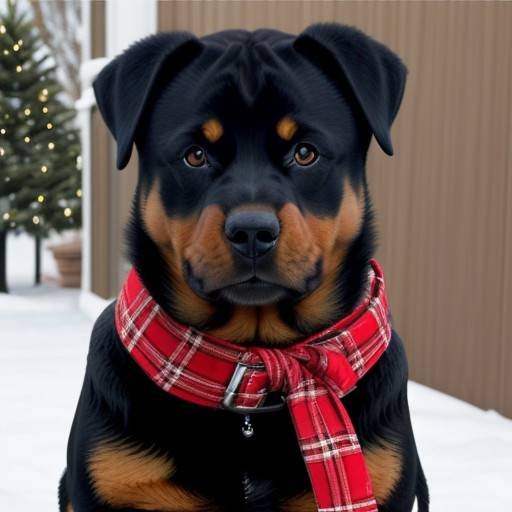
- Height:
- Male: 24-27 inches
- Female: 22-25 inches
- Weight:
- Male: 95-135 lbs
- Female: 80-100 lbs
- Color: Black with rust or mahogany markings
- Temperament: Confident, fearless, protective, loyal, intelligent
- Age: 8-10 years
Description: The Rottweiler is a strong, confident breed known for its strength and protective instincts. Despite their imposing appearance, they are loyal and affectionate towards their families, making them excellent guardians and companions.
3. German Shepherd :
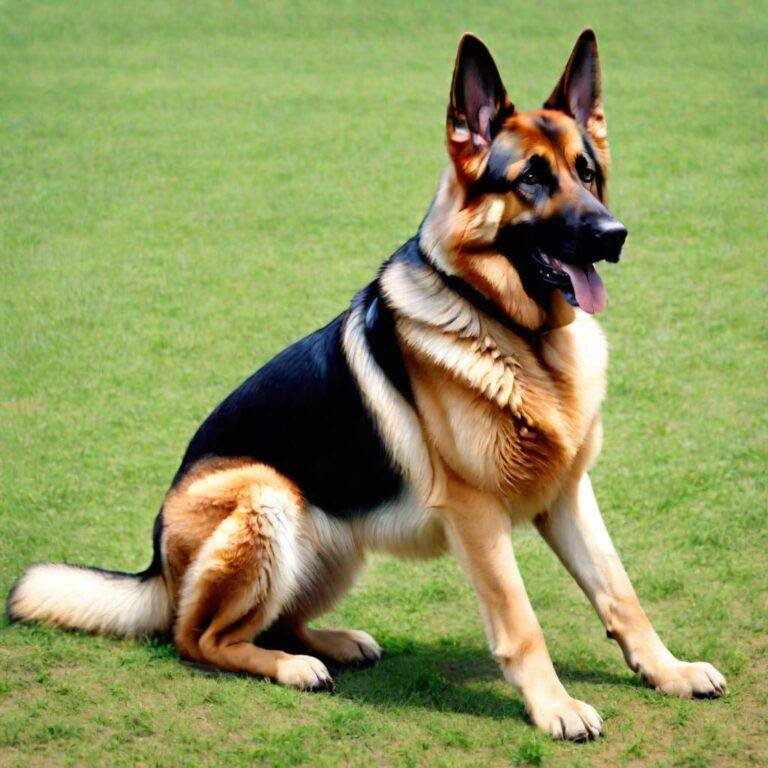
- Height:
- Male: 24-26 inches
- Female: 22-24 inches
- Weight:
- Male: 65-90 lbs
- Female: 50-70 lbs
- Color: Black and tan, sable, black, white
- Temperament: Loyal, courageous, intelligent, versatile, protective
- Age: 9-13 years
Description: The German Shepherd is a versatile and highly intelligent breed, revered for its loyalty and courage. Known for their protective nature, they excel in roles ranging from family pets to service and working dogs, combining strength with an eager-to-please attitude.
4. Doberman Pinscher :
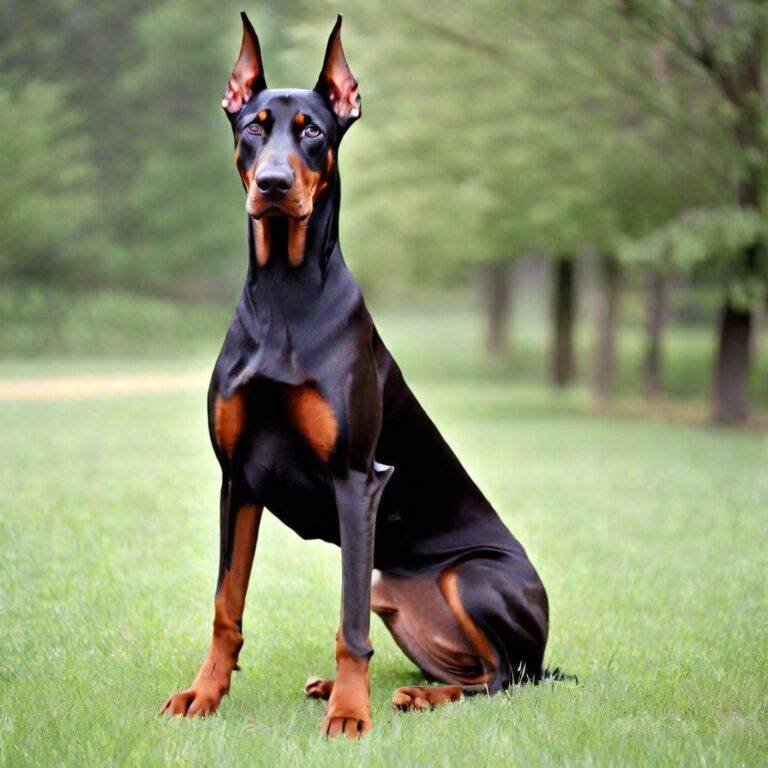
- Height:
- Male: 26-28 inches
- Female: 24-26 inches
- Weight:
- Male: 75-100 lbs
- Female: 60-90 lbs
- Color: Black, red, blue, fawn, with rust markings
- Temperament: Alert, fearless, loyal, intelligent, energetic
- Age: 10-13 years
Description: The Doberman Pinscher is a smooth, powerful breed known for its alertness and loyalty. Renowned for their intelligence and fearlessness, they make excellent guard dogs and companions, blending elegance with a protective nature. Their high energy and trainability make them versatile in a variety of roles.
5.Chow Chow :
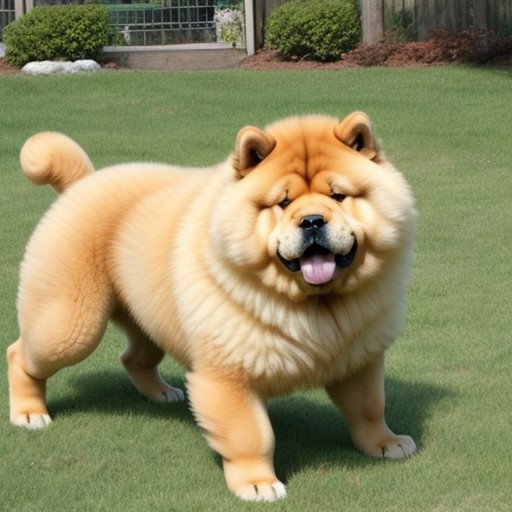
- Height:
- Male: 18-22 inches
- Female: 17-20 inches
- Weight:
- Male: 55-70 lbs
- Female: 45-60 lbs
- Color: Red, black, blue, cinnamon, cream
- Temperament: Independent, loyal, aloof, protective, dignified
- Age: 8-12 years
Description: The Chow Chow is a distinctive breed known for its lion-like mane and blue-black tongue. Their independent and distinguished nature often comes across as aloof, but they are deeply loyal and protective of their families. With proper socialization, they can be devoted and affectionate companions.
6. Akita :
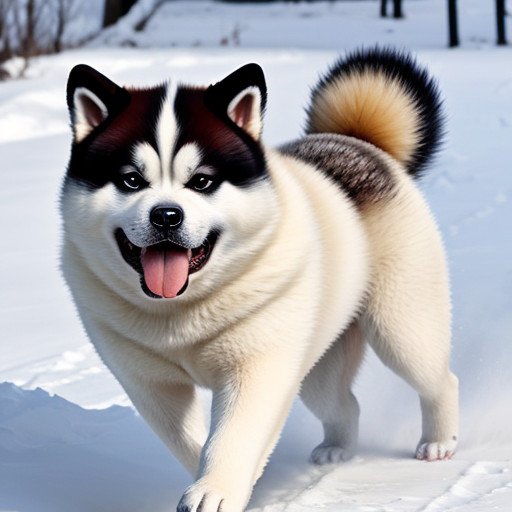
- Height:
- Male: 26-28 inches
- Female: 24-26 inches
- Weight:
- Male: 100-130 lbs
- Female: 70-100 lbs
- Color: White, brindle, pinto, various shades of red
- Temperament: Loyal, courageous, independent, dignified, protective
- Age: 10-15 years
Description: The Akita is a powerful, noble breed known for its courage and loyalty. Often reserved and independent, they form strong bonds with their families and are highly protective. With their dignified demeanor and strong physique, Akitas are both impressive guardians and devoted companions, requiring frequent training and socialization.
7. Alaskan Malamute :
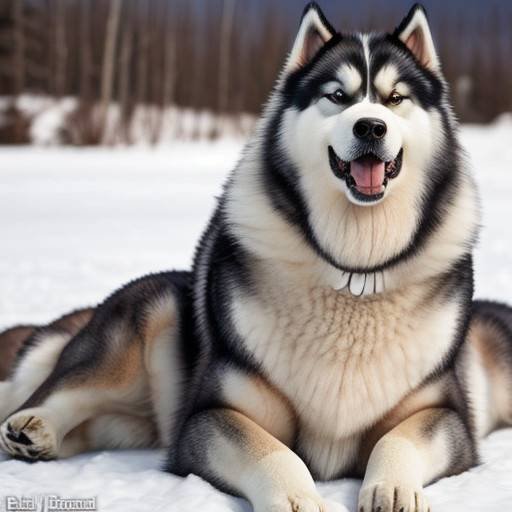
- Height:
- Male: 25 inches
- Female: 23 inches
- Weight:
- Male: 85-100 lbs
- Female: 75-85 lbs
- Color: Various shades of gray and white, sable, black, red
- Temperament: Affectionate, loyal, playful, strong-willed, friendly
- Age: 10-14 years
Description: The Alaskan Malamute is a strong, friendly breed known for its endurance and affectionate nature. Playful but with an independent spirit, they make excellent family pets and hard-working sled dogs. Their loyalty and friendliness make them beloved companions, although their strong-willed nature requires firm, consistent training.
8. Boxer :
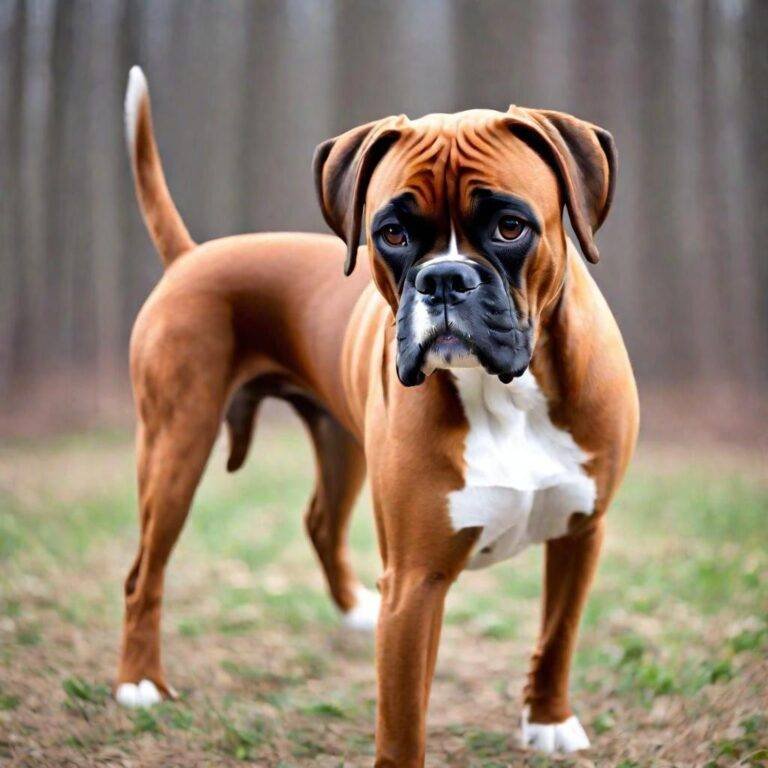
- Height:
- Male: 23-25 inches
- Female: 21.5-23.5 inches
- Weight:
- Male: 65-80 lbs
- Female: 50-65 lbs
- Color: Fawn, brindle, white
- Temperament: Energetic, playful, loyal, affectionate, intelligent
- Age: 10-12 years
Description: The Boxer is a spirited and affectionate breed known for its playful nature and boundless energy. With their expressive faces and enthusiastic personalities, they are beloved family pets, excelling in activities such as agility and obedience. Despite their muscularity, they are gentle and patient with children, making them wonderful companions for active families.
9. Bullmastiff :
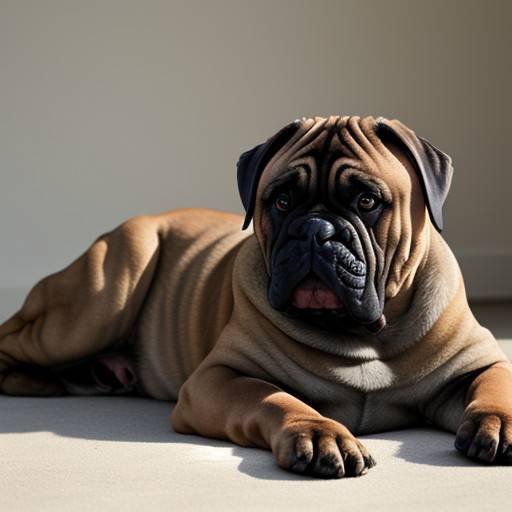
- Height:
- Male: 25-27 inches
- Female: 24-26 inches
- Weight:
- Male: 110-130 lbs
- Female: 100-120 lbs
- Color: Brindle, fawn, red
- Temperament: Courageous, loyal, affectionate, calm, protective
- Age: 8-10 years
Description: The Bullmastiff is a powerful yet gentle breed known for its loyalty and protective instincts. With their imposing size and calm demeanor, they make excellent guardians and family companions. Despite their protective nature, they are affectionate and devoted to their families, requiring consistent training and socialization from an early age.
10. Siberian Husky :
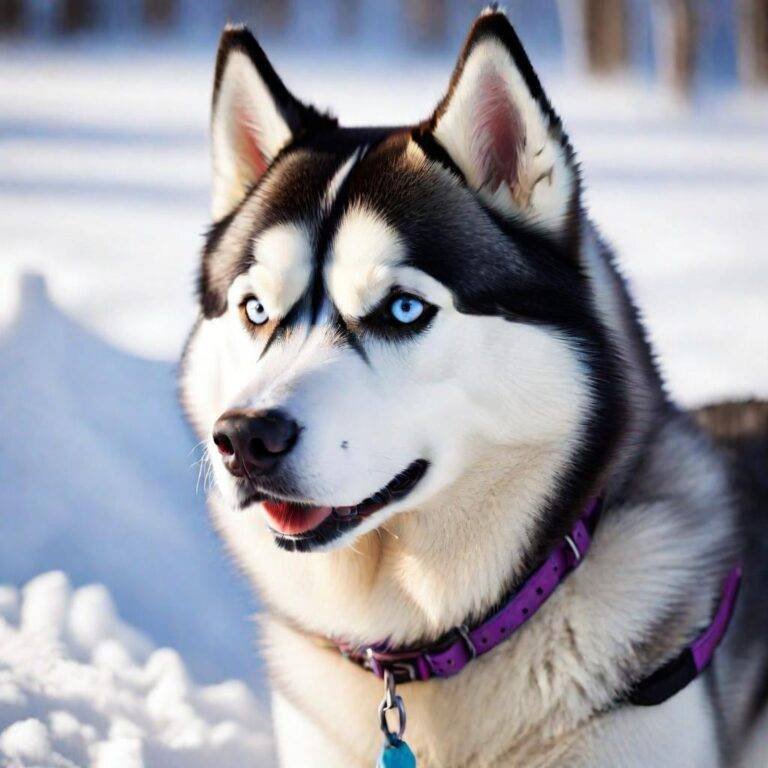
- Height:
- Male: 21-23.5 inches
- Female: 20-22 inches
- Weight:
- Male: 45-60 lbs
- Female: 35-50 lbs
- Color: Various, including black, gray, red, sable, agouti, and white
- Temperament: Friendly, outgoing, mischievous, independent, energetic
- Age: 12-15 years
Description: The Siberian Husky is an attractive and energetic breed known for its wolf-like appearance and friendly behavior. Due to their playful but independent nature, they thrive in active homes and enjoy outdoor activities like hiking and sledding. Their attractive appearance and friendly personality make them beloved companions for families and individuals alike.
11. Dalmatian :
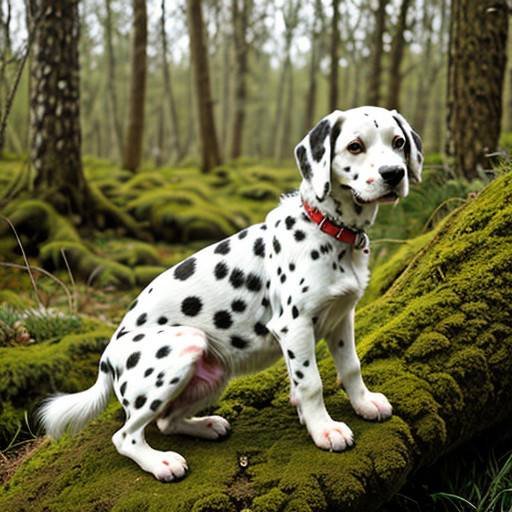
- Height:
- Male: 22-24 inches
- Female: 20-22 inches
- Weight:
- Male: 55-70 lbs
- Female: 45-60 lbs
- Color: White with black or liver spots
- Temperament: Energetic, playful, loyal, outgoing, intelligent
- Age: 10-13 years
Description: The Dalmatian is a distinctive breed known for its unique coat pattern and boundless energy. Due to their playful and friendly nature, they make excellent companions for active families. Intelligent and eager to please, they excel in activities such as obedience and agility, thriving on mental and physical stimulation.
12. Presa Canario (Presa Corso) :
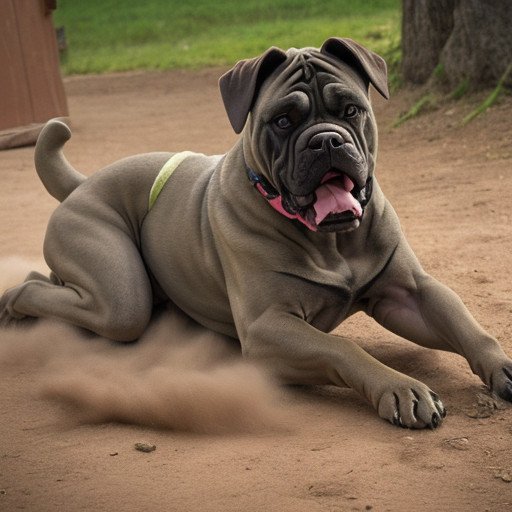
- Height:
- Male: 24-26 inches
- Female: 22-24 inches
- Weight:
- Male: 110-130 lbs
- Female: 90-110 lbs
- Color: Fawn, brindle, black, and other variations
- Temperament: Confident, loyal, protective, calm, assertive
- Age: 9-11 years
Description: The Presa Canario is a majestic and powerful breed known for its imposing presence and unwavering loyalty. Due to their calm but determined nature, they make formidable guardians and devoted family companions. Despite their strong protective instincts, while they are affectionate towards their families, they require early socialization and frequent training to thrive in a variety of environments.
13. Cane Corso :
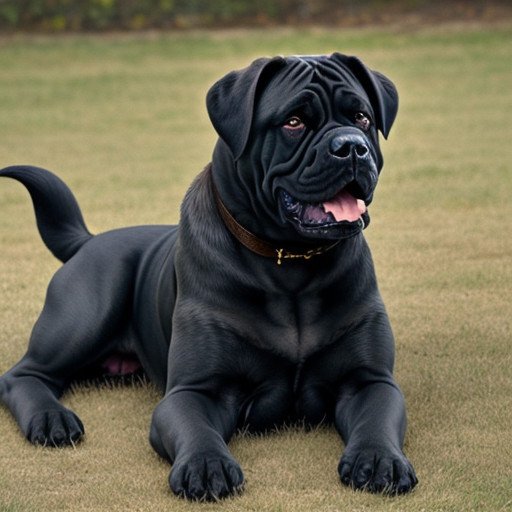
- Height:
- Male: 25-27.5 inches
- Female: 23.5-26 inches
- Weight:
- Male: 90-120 lbs
- Female: 80-110 lbs
- Color: Black, fawn, brindle, gray, red, and variations
- Temperament: Confident, loyal, protective, intelligent, affectionate
- Age: 10-12 years
Description: The Cane Corso is a majestic and powerful breed known for its strong protective instincts and unwavering loyalty. With their calm but firm demeanor, they make excellent guardians and devoted family companions, excelling in roles ranging from home guard to therapy dog. Despite their impressive size, they are affectionate and gentle towards their families, requiring proper training and socialization from an early age.
14. Dogo Argentino :
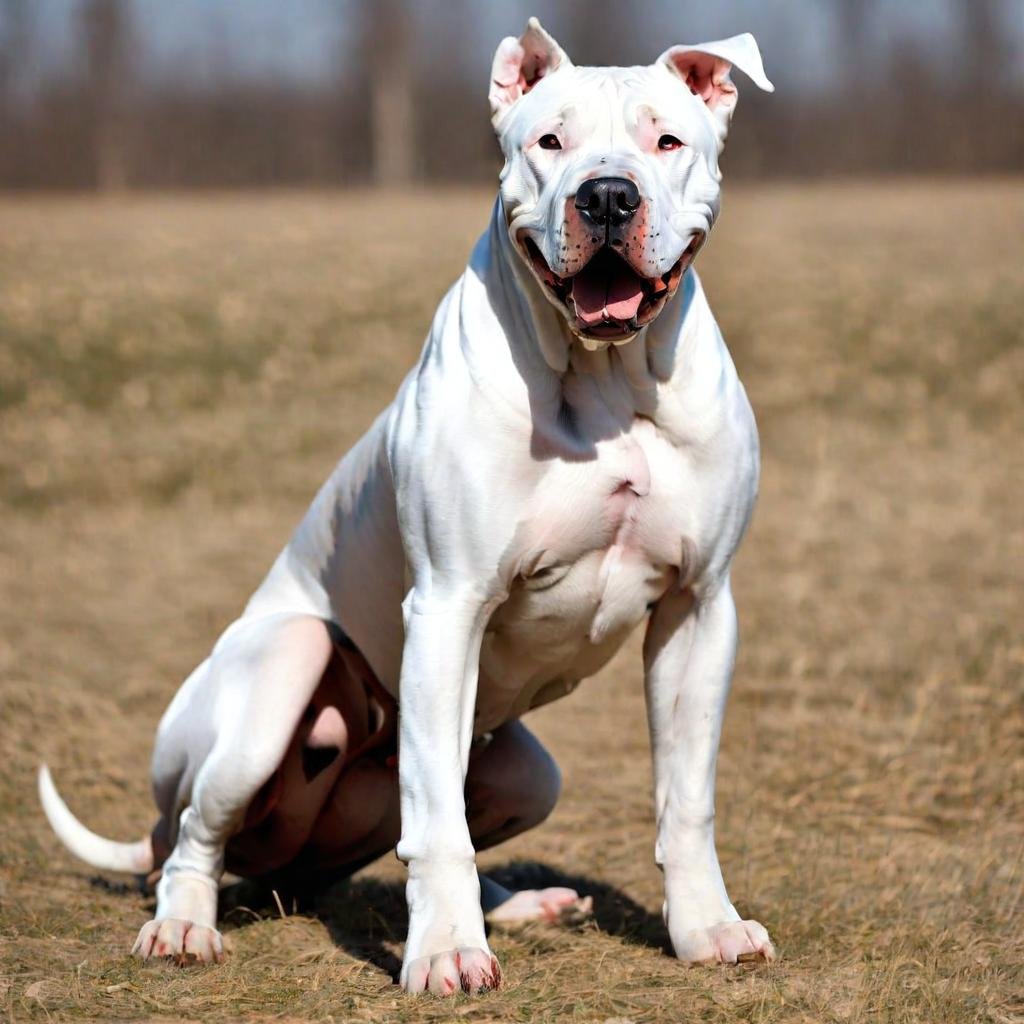
- Height:
- Male: 24-27 inches
- Female: 23-26 inches
- Weight:
- Male: 80-100 lbs
- Female: 70-90 lbs
- Color: Predominantly white, occasionally with black markings
- Temperament: Courageous, loyal, protective, energetic, friendly
- Age: 10-12 years
Description: The Dogo Argentino is a muscular and athletic breed known for its strength and loyalty. Originally bred to hunt large game, they have a strong prey drive and require firm leadership and early socialization. Due to their affectionate nature and protective instincts, they make devoted family companions that, with proper training, excel at activities such as obedience and agility.
15. American Bulldog :
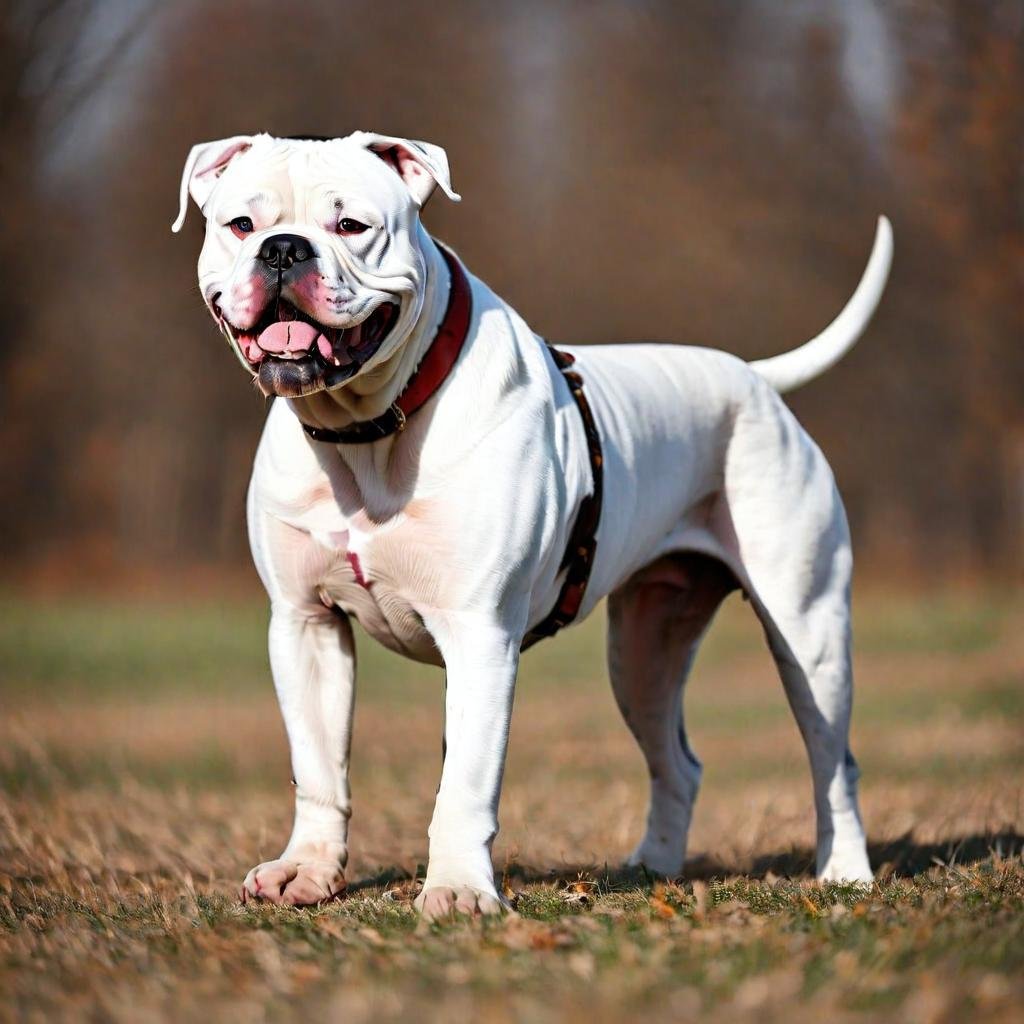
- Height:
- Male: 22-27 inches
- Female: 20-25 inches
- Weight:
- Male: 70-120 lbs
- Female: 60-100 lbs
- Color: White with patches of brindle, fawn, or red
- Temperament: Confident, loyal, protective, gentle, energetic
- Age: 10-15 years
Description: The American Bulldog is a muscular and confident breed known for its strength and loyalty. Despite their powerful appearance, they are gentle and affectionate towards their families, making them excellent companions for active families. With proper training and socialization, they grow into beloved family pets and excel in activities such as obedience and agility.
16. Tosa Inu :
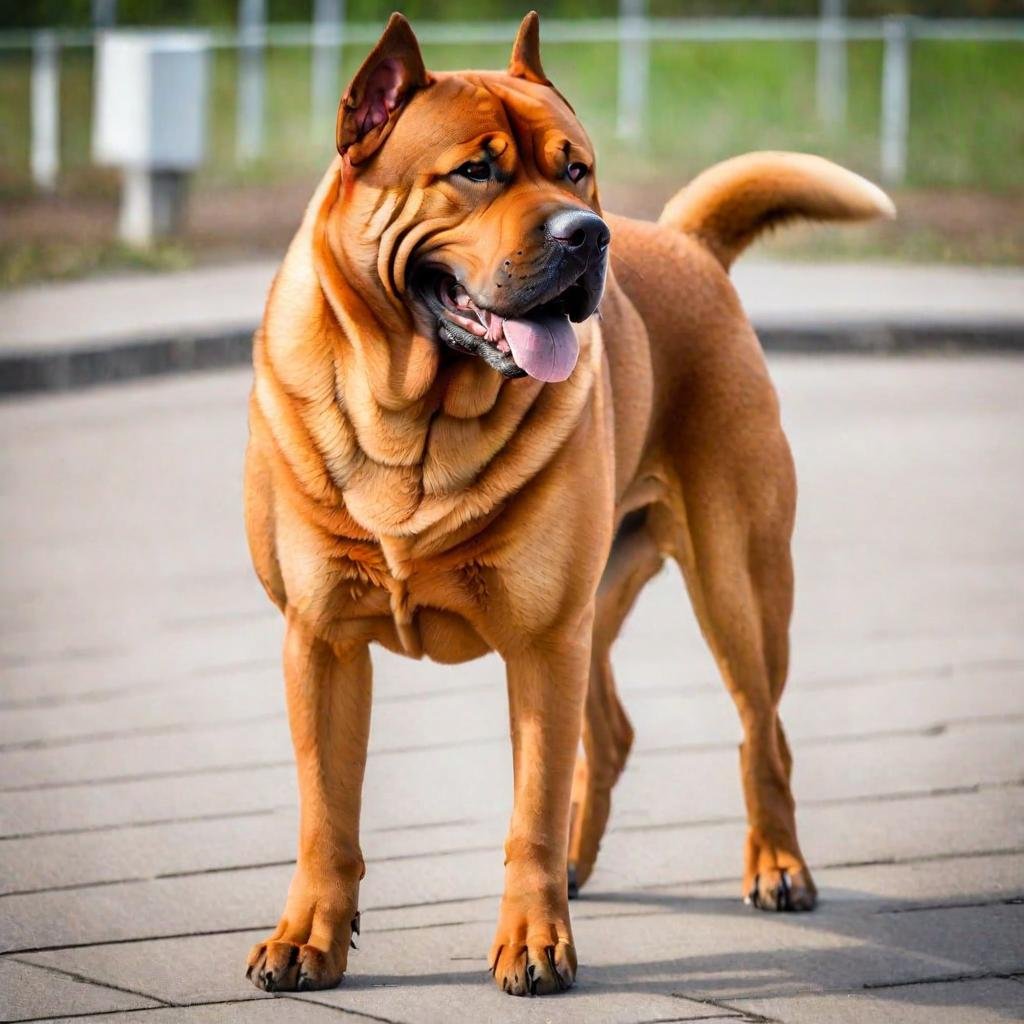
- Height:
- Male: 24-32 inches
- Female: 22-28 inches
- Weight:
- Male: 130-200 lbs
- Female: 100-150 lbs
- Color: Red, brindle, fawn, black, and various shades
- Temperament: Calm, courageous, loyal, dignified, confident
- Age: 10-12 years
Description: The Tosa Inu is a majestic and powerful breed known for its imposing stature and calm demeanor. Originally bred for dog fighting, they have a strong but gentle temperament, making them devoted family companions. With their dignified appearance and unwavering loyalty, they require firm leadership and early socialization to thrive in a variety of environments.
17. Fila Brasileiro (Brazilian Mastiff) :
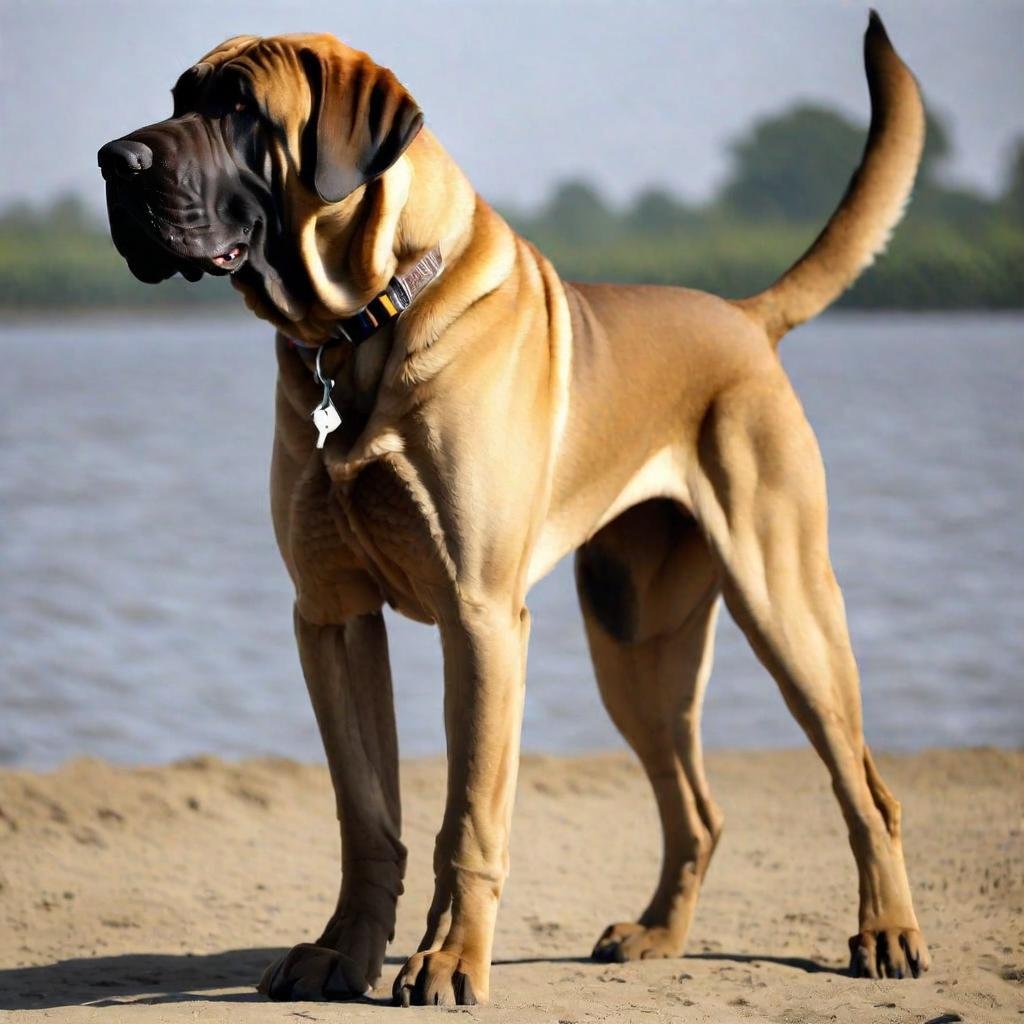
- Height:
- Male: 25-29 inches
- Female: 23-27 inches
- Weight:
- Male: 110-140 lbs
- Female: 90-120 lbs
- Color: Fawn, brindle, black, and variations
- Temperament: Loyal, protective, fearless, territorial, affectionate
- Age: 9-11 years
Description: The Fila Brasileiro is a large and powerful breed known for its loyalty and protective instincts. Due to their fearless and territorial nature, they excel as protectors of home and family. Their affectionate and devoted behavior makes them deeply loyal companions, although their strong-willed nature requires experienced management and early socialization for proper integration into the home.
18. Great Dane :
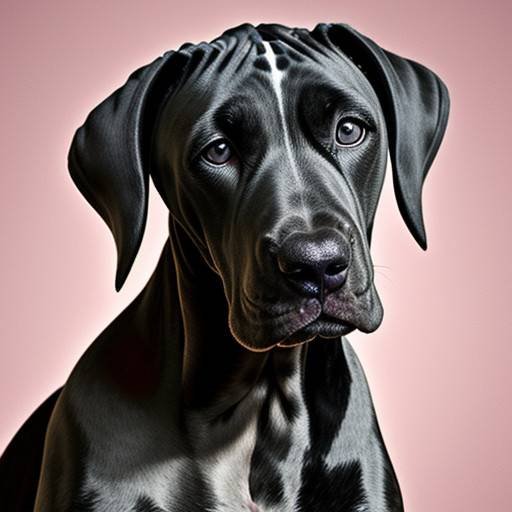
- Height:
- Male: 30-34 inches
- Female: 28-32 inches
- Weight:
- Male: 140-175 lbs
- Female: 110-140 lbs
- Color: Fawn, brindle, black, blue, harlequin, mantle, and variations
- Temperament: Gentle, friendly, affectionate, courageous, loyal
- Age: 7-10 years
Description: The Great Dane is a gentle giant known for its impressive size and friendly nature. Despite their large size, they are affectionate and gentle towards their families, making them beloved companions. Due to their calm and easy-going nature, they thrive as indoor pets, although they do need ample space and regular exercise to stay healthy and happy.
19. Saint Bernard :
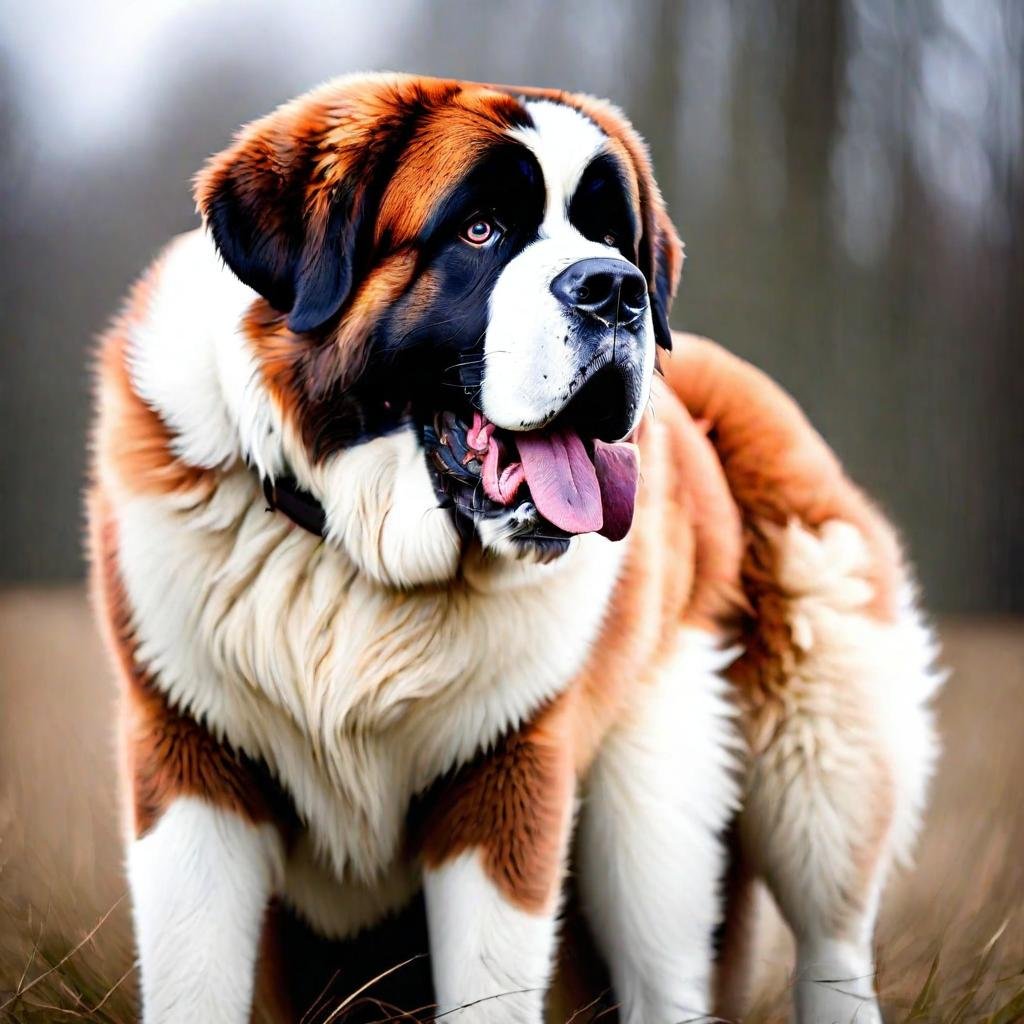
- Height:
- Male: 28-30 inches
- Female: 26-28 inches
- Weight:
- Male: 140-180 lbs
- Female: 120-140 lbs
- Color: Red and white, mahogany brindle, and variations
- Temperament: Gentle, affectionate, patient, loyal, intelligent
- Age: 8-10 years
Description: The Saint Bernard is a gentle giant known for his enormous size and kind nature. Renowned in the Swiss Alps for their rescue abilities, they are affectionate and patient with their families, making them excellent companions for families with children. Despite their impressive stature, they are gentle and docile, requiring moderate exercise and regular care.
20. Rhodesian Ridgeback :
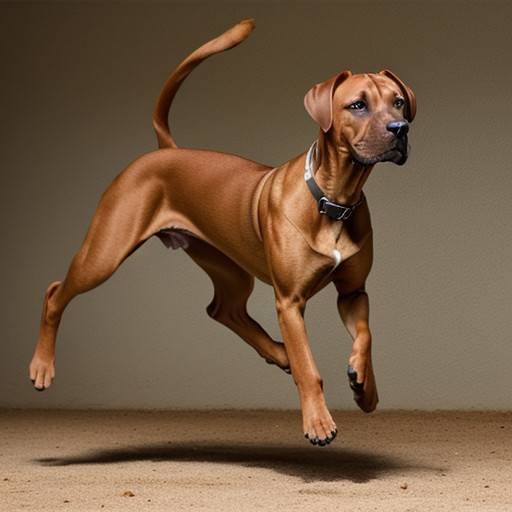
- Height:
- Male: 25-27 inches
- Female: 24-26 inches
- Weight:
- Male: 85-90 lbs
- Female: 70-75 lbs
- Color: Wheaten, red wheaten, light wheaten, and variations
- Temperament: Dignified, loyal, independent, intelligent, protective
- Age: 10-12 years
Description: The Rhodesian Ridgeback is an iconic and loyal breed known for its distinctive streak of hair on its back. Originally bred in Africa as hunting dogs, they are independent but loyal companions. With their protective instincts and intelligence, they excel as guardians of the home and family, they require early socialization and frequent training for proper integration into the home.
21. Wolfdog Hybrid :
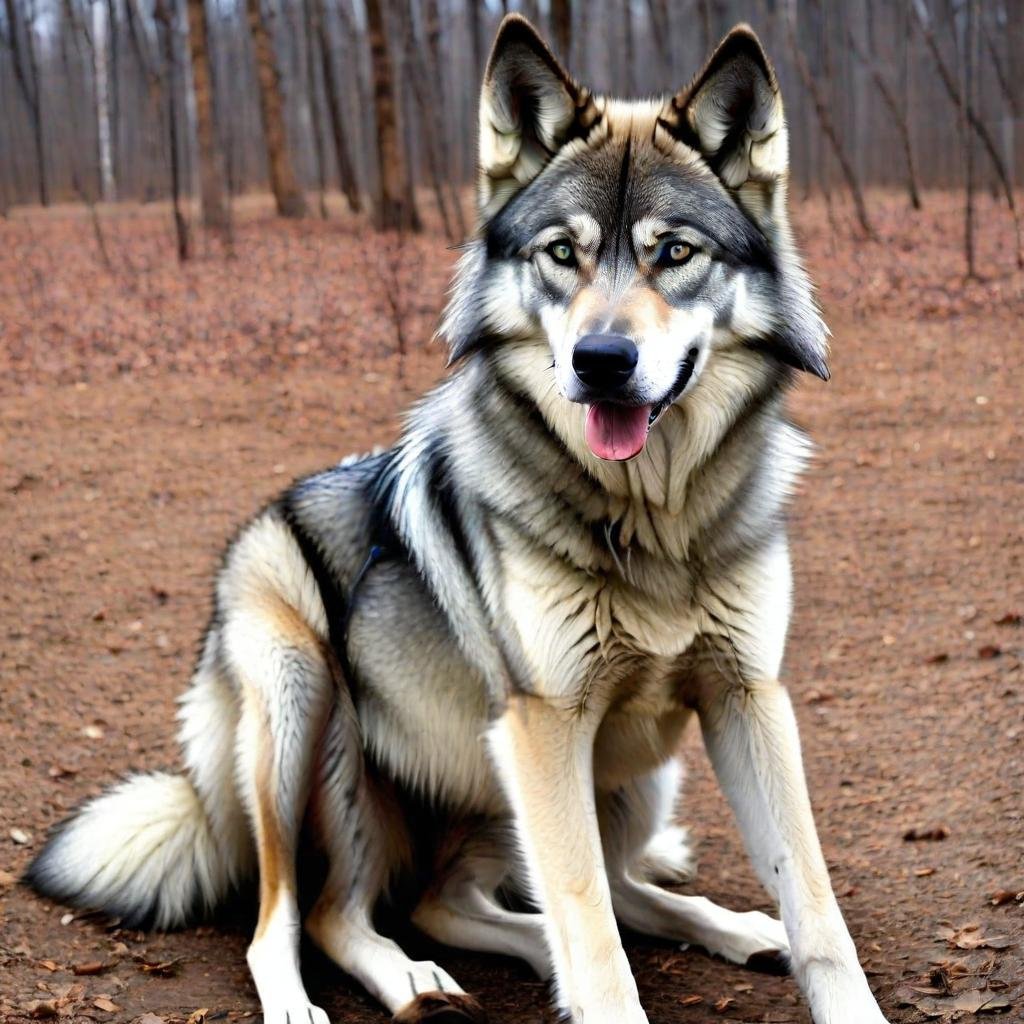
- Height:
- Varies widely based on wolf content
- Weight:
- Varies widely based on wolf content
- Color: Varies, often includes gray, black, white, and brown
- Temperament: Variable, influenced by both wolf and dog traits
- Age: Similar to that of domestic dogs, around 10-15 years
Description: Wolfdog hybrids are the result of breeding wolves with domestic dogs, resulting in a mixture of wolf and dog characteristics. Their temperament and appearance can vary greatly depending on the wolf’s content, making them unique and challenging pets that require special care and understanding.
22. Belgian Malinois :
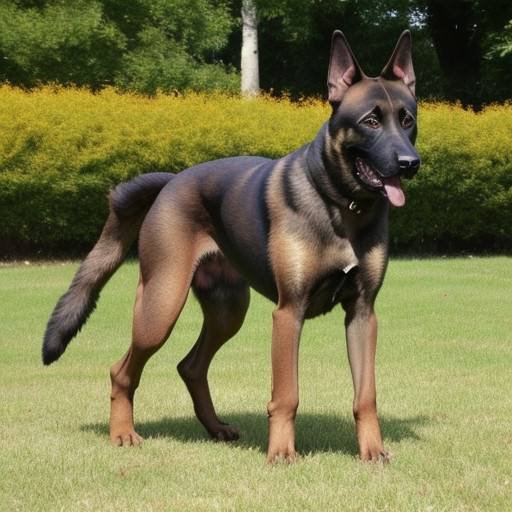
- Height:
- Male: 24-26 inches
- Female: 22-24 inches
- Weight:
- Male: 60-80 lbs
- Female: 40-60 lbs
- Color: Fawn to mahogany with black mask
- Temperament: Intelligent, loyal, energetic, alert, protective
- Age: 14-16 years
Description: The Belgian Malinois is a highly intelligent and versatile breed known for its exceptional work ethic and loyalty. Famous for their service in police and military roles, they excel in various dog sports and activities. With their high energy and drive, they require a lot of mental and physical stimulation to thrive, making them ideal companions for active individuals and families.
23. Kangal :
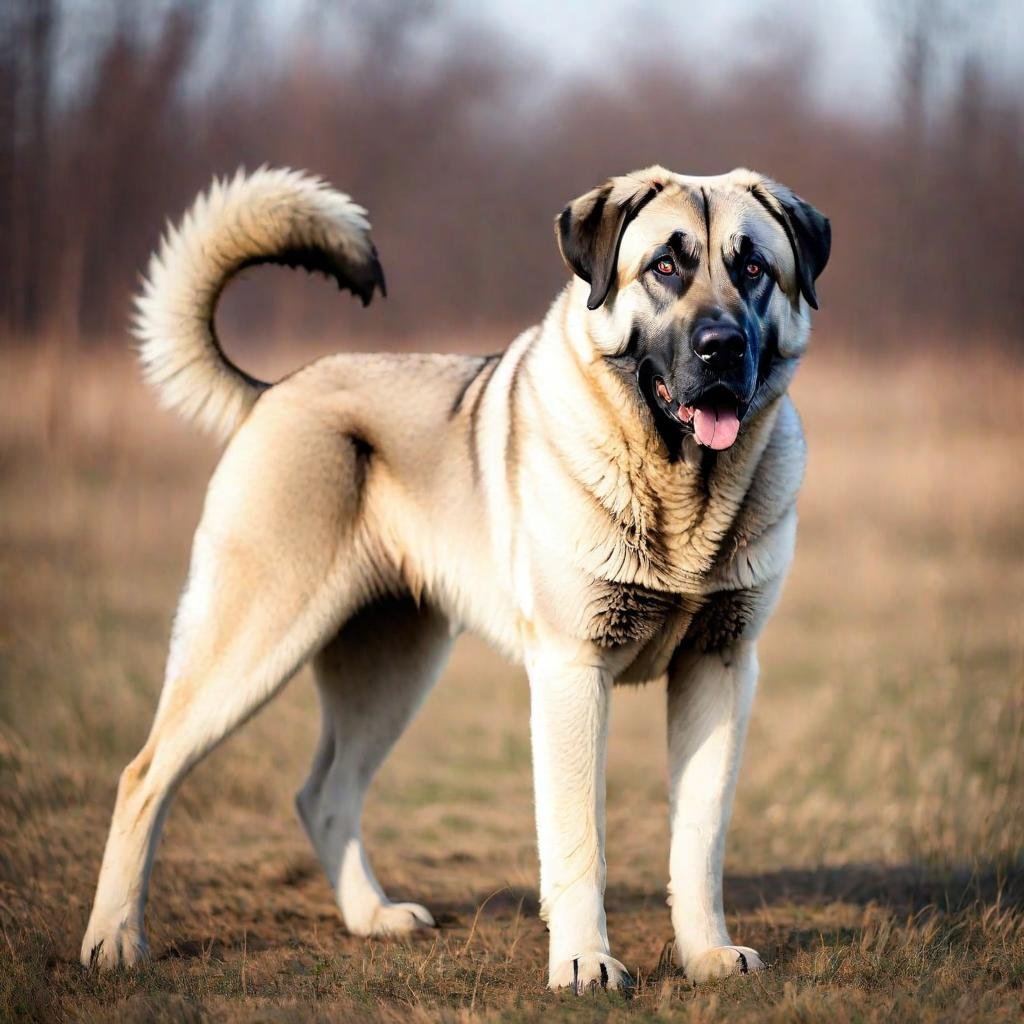
- Height:
- Male: 30-32 inches
- Female: 28-30 inches
- Weight:
- Male: 110-145 lbs
- Female: 90-120 lbs
- Color: Pale fawn to gray with a black mask
- Temperament: Protective, loyal, calm, confident, independent
- Age: 12-15 years
Description: The Kangal is a large and powerful breed known for its protective instincts and calm demeanor. Originating from Turkey, they are renowned for their ability to guard livestock, displaying a strong sense of loyalty and territoriality. Despite their impressive size, they are gentle and affectionate towards their families, making them beloved companions for those looking for a devoted guardian.
24. Shar Pei :
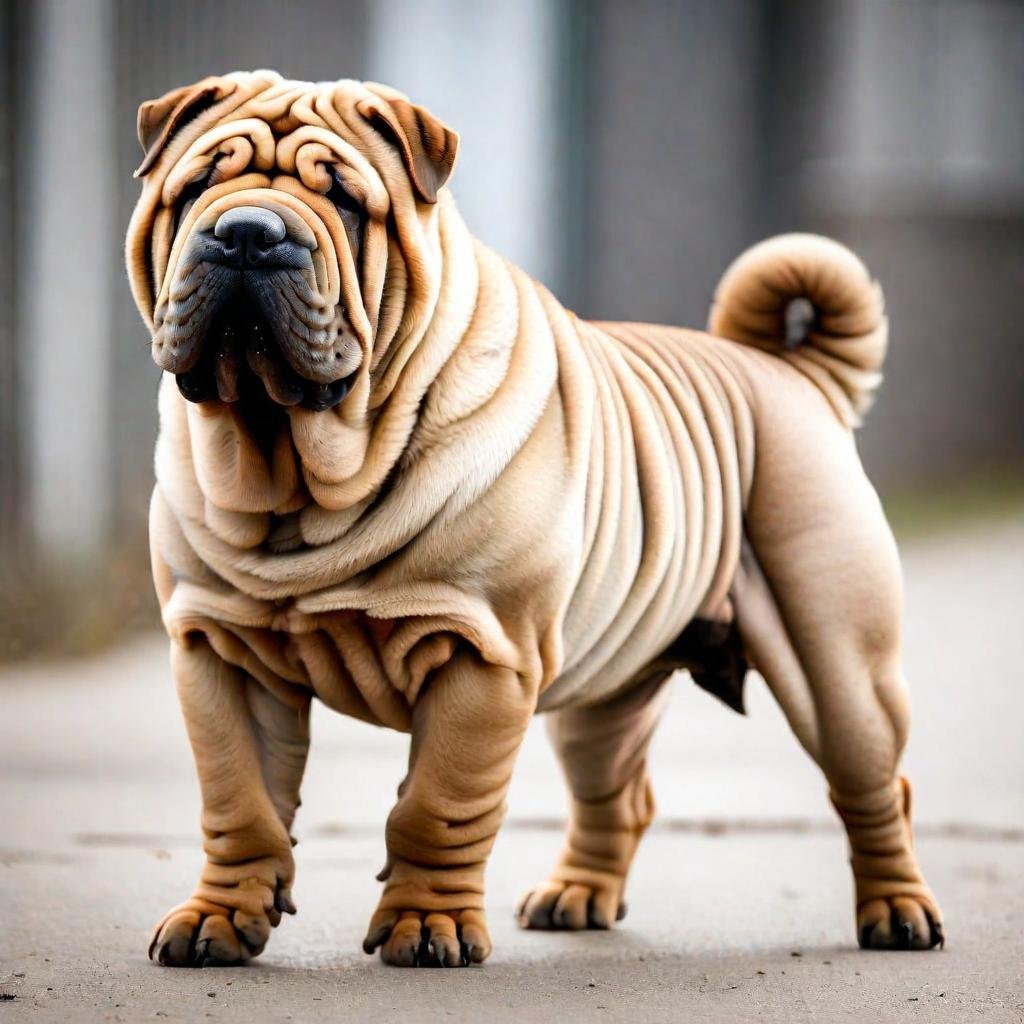
- Height:
- Male: 18-20 inches
- Female: 18-20 inches
- Weight:
- Male: 45-60 lbs
- Female: 45-60 lbs
- Color: Various, including fawn, cream, black, and blue
- Temperament: Loyal, independent, dignified, reserved, affectionate
- Age: 8-12 years
Description: The Shar Pei is a unique and distinctive breed known for its deep wrinkles and blue-black tongue. Due to their loyal and independent nature, they make excellent companions for experienced owners who appreciate their dignified demeanor and devoted loyalty. Despite their reserved nature with strangers, they are affectionate and devoted to their families, making them lovely pets.
25. Jack Russell Terrier :
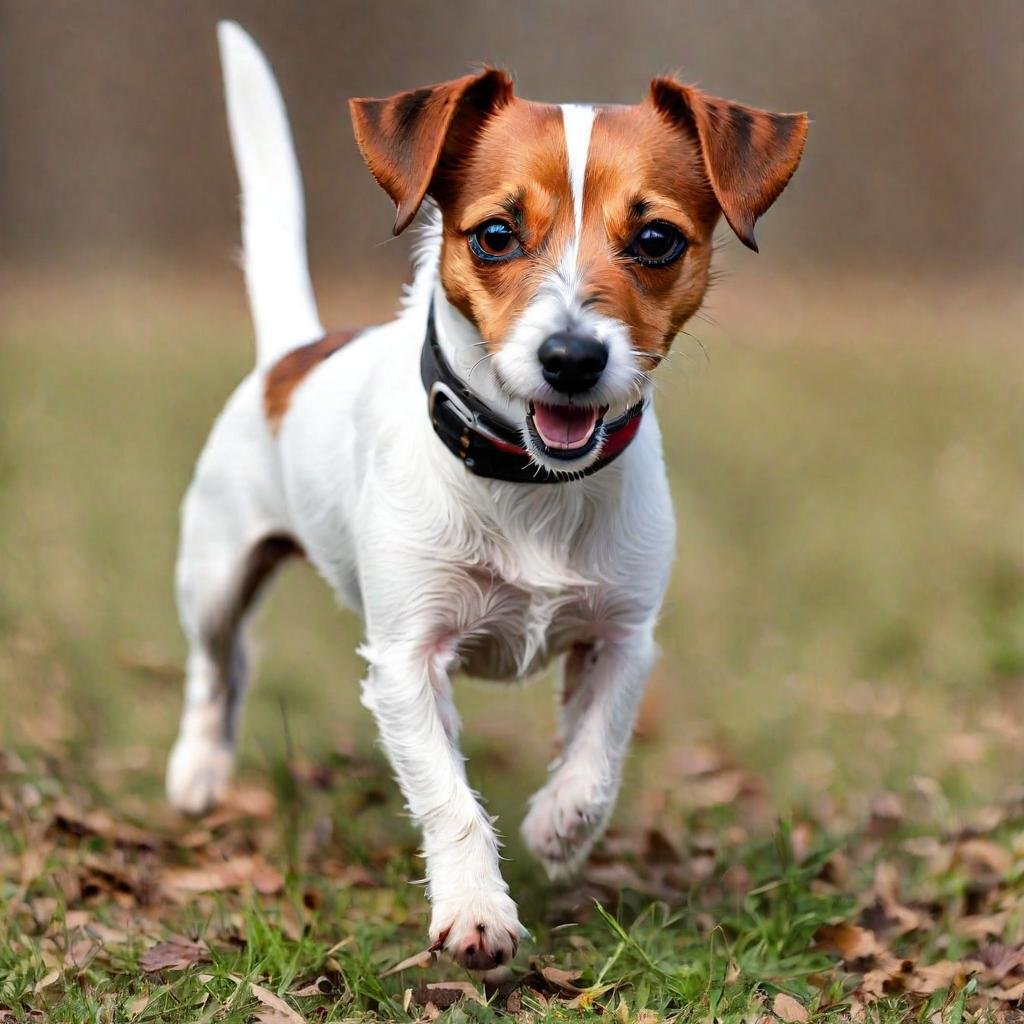
- Height:
- Male: 10-12 inches
- Female: 10-12 inches
- Weight:
- Male: 13-17 lbs
- Female: 13-17 lbs
- Color: Predominantly white with black, tan, or brown markings
- Temperament: Energetic, intelligent, fearless, lively, affectionate
- Age: 13-16 years
Description: The Jack Russell Terrier is a small but feisty breed known for its boundless energy and fearless attitude. With their intelligence and agility, they excel at a variety of dog sports and activities, making them a popular choice for active families. Despite their small size, they have a big personality, full of affection and loyalty towards their human companions.
Each of these breeds is associated with aggression for various reasons, including their physical abilities, protective instincts, or historical roles. However, it is important to note that individual behavior varies widely within breeds, and responsible ownership and training are important to prevent aggression.
Defining Aggression in Dogs ;
It is important to understand aggression in dogs, especially when discussing “what are aggressive dog breeds?” Aggression is not just about being mean or violent; It is a complex behavior that can arise from a variety of factors. Aggressive behavior in dogs can be defined as any action taken with the intent to harm or intimidate, whether toward people, other animals, or objects.
Common signs of aggression include growling, growling, snapping or biting. But it is important to recognize that aggression is not always physical; It may also manifest through body language such as stiff posture, raised hackles, or a tense expression.
Many factors can contribute to aggression in dogs, including genetics, upbringing, environment, and past experiences. Fear, pain, and frustration can also cause aggressive reactions in dogs. It is important.
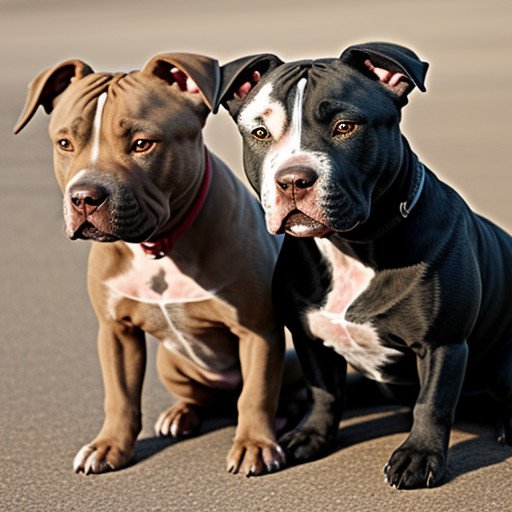
It is important to address aggression quickly through proper training, socialization, and behavior modification techniques. Regardless of breed, responsible ownership plays an important role in managing aggression in dogs. Although some breeds may have a genetic predisposition towards aggression, it is important not to assume or label all dogs of that breed as aggressive.
By understanding the complexities of aggression and the factors that contribute to it, we can better prevent and manage aggressive behavior in dogs, thereby promoting safe and happy relationships between humans and their canine companions.
Factors Influencing Aggression ;
When discussing “what are aggressive dog breeds” it is important to understand the different factors that can influence aggression in dogs. Genetics play an important role, as some breeds may have been selectively bred for traits such as protectiveness or territoriality. However, genetics alone do not determine a dog’s behavior; Upbringing and environment also play an important role.
Early experiences, socialization, and training can profoundly shape a dog’s behavior. Dogs that lack proper socialization or have experienced trauma may be more prone to aggression. Additionally, the environment in which a dog is raised, including the presence of other animals, household dynamics, and level of human interaction, can impact their behavior.
Medical issues such as pain or neurological disorders can also contribute to aggression in dogs. Understanding and addressing these underlying health concerns is essential to effectively managing aggressive behavior.
Finally, the owner’s behavior and management techniques can influence a dog’s aggression. Inconsistent discipline, punishment-based training methods, and lack of clear leadership can increase aggressive tendencies in dogs.
By considering these different factors, we can better understand and address aggression in dogs regardless of breed, promoting safe interactions and healthy relationships between dogs and their human companions.
Myths vs Reality ;
When discussing “what are aggressive dog breeds” it is essential to separate myths from reality. A common myth is that some breeds are naturally aggressive. In fact, dog behavior is influenced by a variety of factors, including genetics, upbringing, and environment. Another myth is that aggression in dogs is unpredictable. Although predicting behavior in any animal can be challenging, understanding the signs and triggers of aggression can help prevent incidents.
Additionally, there is a misconception that all aggressive behavior is dangerous. While aggression should be taken seriously, not all aggressive displays are indicative of a dangerous dog. It is important to assess each situation individually and address the underlying cause.
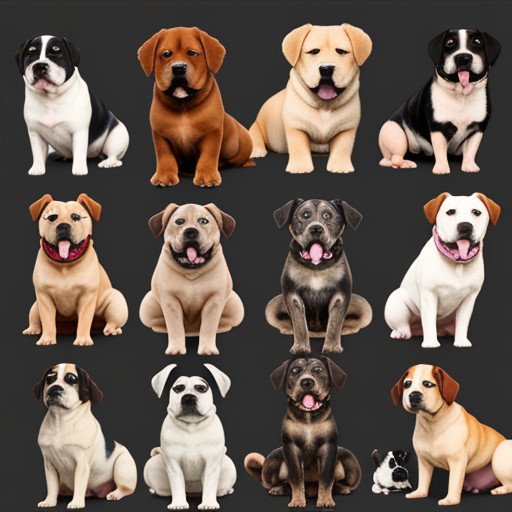
Another myth is that breed-specific legislation (BSL) effectively reduces dog attacks. However, research has shown that BSL is often ineffective and unfairly targets specific breeds rather than addressing the root causes of aggression.
By debunking these myths and focusing on responsible ownership, proper training, and early intervention, we can promote safe interactions between dogs and humans, regardless of breed.
Case Studies and Statistics ;
Understanding aggression in dogs involves examining case studies and statistics to gain insight into behavioral patterns. For example, a study conducted by behavior experts analyzed incidents involving dog bites and found that factors such as lack of socialization and improper training were common contributors to aggression.
Another study surveyed dog owners and found that breed-specific legislation (BSL) had minimal impact on reducing dog attacks, pointing to the importance of addressing underlying causes rather than targeting specific breeds. Throws light.
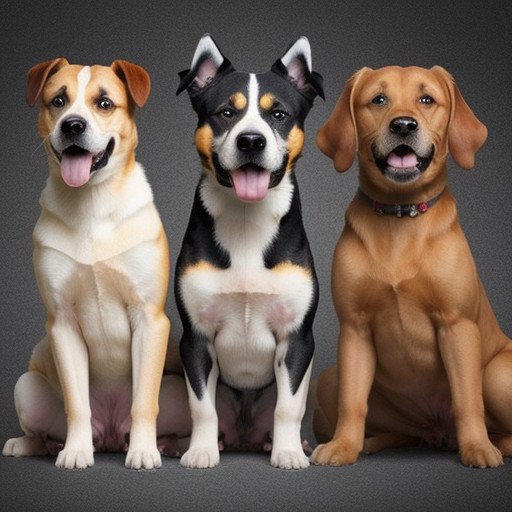
Additionally, case studies of successful behavior modification programs show the effectiveness of early intervention and positive reinforcement training in managing aggression in dogs. For example, one rehabilitation center implemented structured training programs for rescued pit bull terriers, resulting in improved behavior and successful adoptions.
Statistics also show that most dog breeds, including those commonly thought of as aggressive, rarely exhibit aggressive behavior when properly trained and socialized. By focusing on responsible ownership and addressing individual behavior rather than breed stereotypes, we can promote safe interactions between dogs and humans while fostering positive relationships with all breeds.
Responsible Dog Ownership ;
Responsible dog ownership is important, especially when considering breeds labeled as “aggressive.” This starts with proper training and socialization from a young age to ensure a well-behaved and well-adjusted pet. Providing regular exercise, mental stimulation, and a nutritious diet is essential for a dog’s physical and mental well-being.
Responsible owners also prioritize veterinary care, including vaccinations, regular checkups, and preventive measures against health problems. Additionally, ensuring a safe and secure environment, whether at home or outside, helps prevent incidents and keeps both the dog and the community safe.
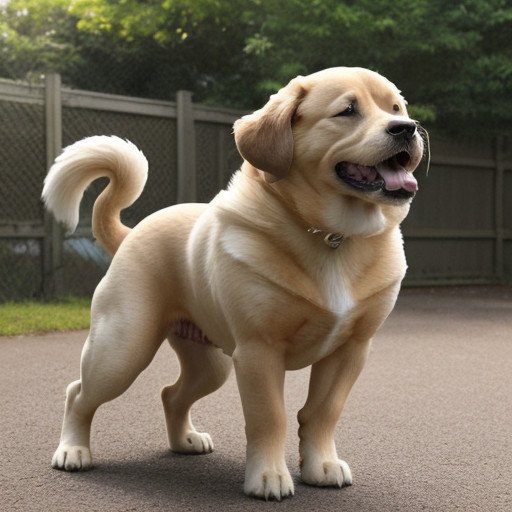
It is important for owners to understand their dog’s breed characteristics and individual temperament, as well as recognize signs of stress or distress. Positive reinforcement training methods promote desirable behavior and strengthen the bond between owner and dog.
Finally, responsible dog ownership extends to being mindful of local rules and ordinances, including leash laws and breed-specific laws. By being a responsible owner, one can help challenge stereotypes and promote positive perceptions about all breeds, fostering safer and more harmonious relationships between dogs and humans.
** Conclusion to what are aggressive dog breeds **
In conclusion, while discussions about “what are aggressive dog breeds” may raise concerns, it is essential to approach the topic with nuance and understanding. Aggression in dogs is a complex issue influenced by a variety of factors including genetics, upbringing, and environment. Thinking of specific breeds as inherently aggressive ignores the individuality of each dog and can lead to misconceptions.
Responsible ownership, proper training, and early intervention are important in the management and prevention of aggression in dogs. By focusing on positive reinforcement, socialization, and addressing underlying causes, owners can promote safe interactions between dogs and humans, regardless of breed.
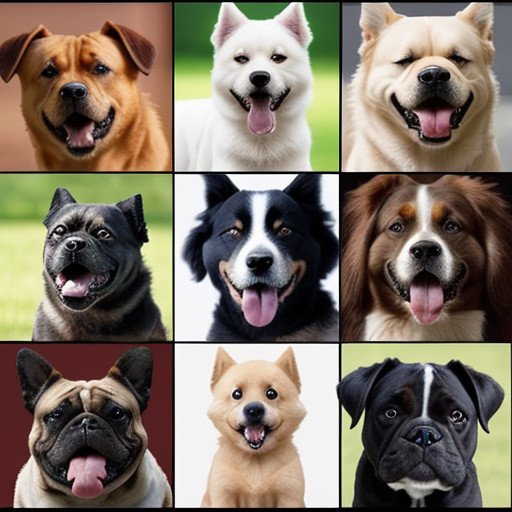
It is important to promote education and awareness about responsible dog ownership and challenge stereotypes that unfairly stigmatize certain breeds. By advocating for a compassionate and informed approach to dog behavior, we can create a safer and more inclusive environment for all dogs and their owners.
You can read this post Medium Large Dog Breeds
The Role of Breed Stigma in Shaping Public Perception ** Introduction ** When discussing dogs, the conversation often turns to the topic of “what are aggressive dog breeds?” This is a topic full of misconceptions and strong opinions. Many people immediately assume certain breeds to be inherently dangerous, but the reality is more nuanced. Aggression…
Are certain dog breeds more aggressive than others?
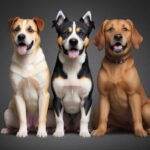
While certain breeds may have traits that make them more prone to aggression, a dog’s behavior is influenced by various factors, including genetics, upbringing, and environment.
How can I prevent aggression in my dog?

Proper training, socialization, and early intervention are essential in preventing aggression. Positive reinforcement techniques, consistent leadership, and addressing underlying issues can help shape desired behaviors.
Are aggressive dogs dangerous?

Aggressive behavior should be taken seriously, but not all aggressive displays indicate a dangerous dog. Understanding the signs and triggers of aggression and addressing them appropriately can help prevent incidents.
Can aggressive behavior be changed?
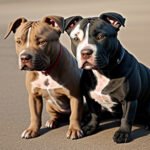
Yes, with patience, consistency, and proper training, aggressive behavior in dogs can often be modified. Behavior modification techniques, positive reinforcement, and addressing underlying causes are key in promoting positive changes.
